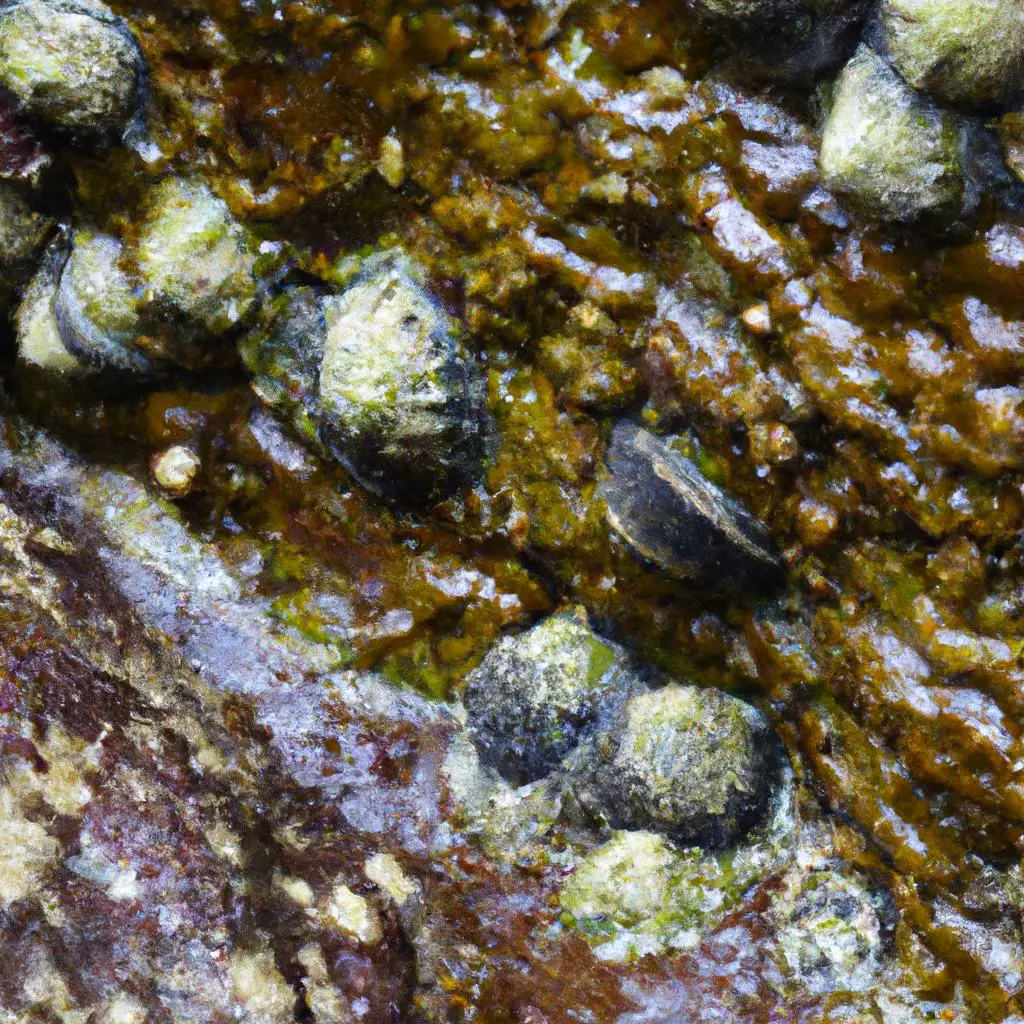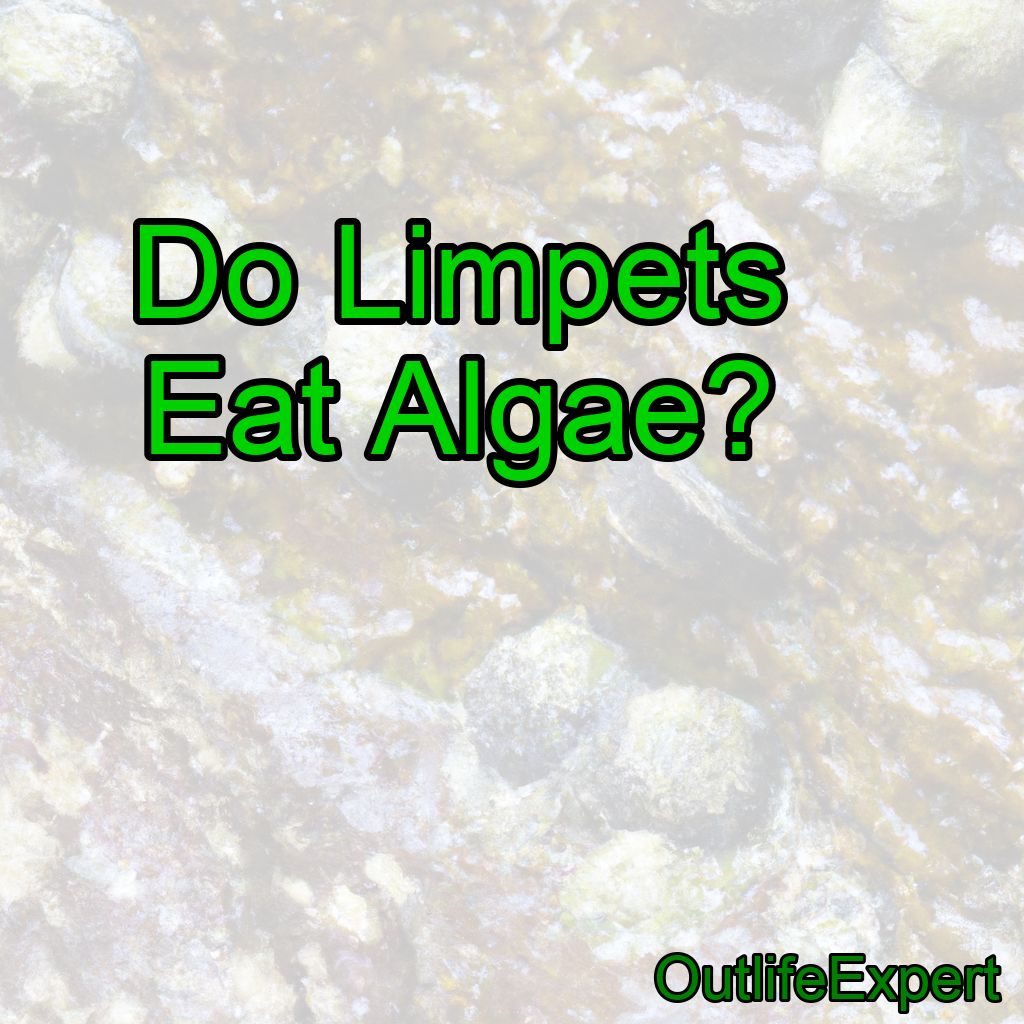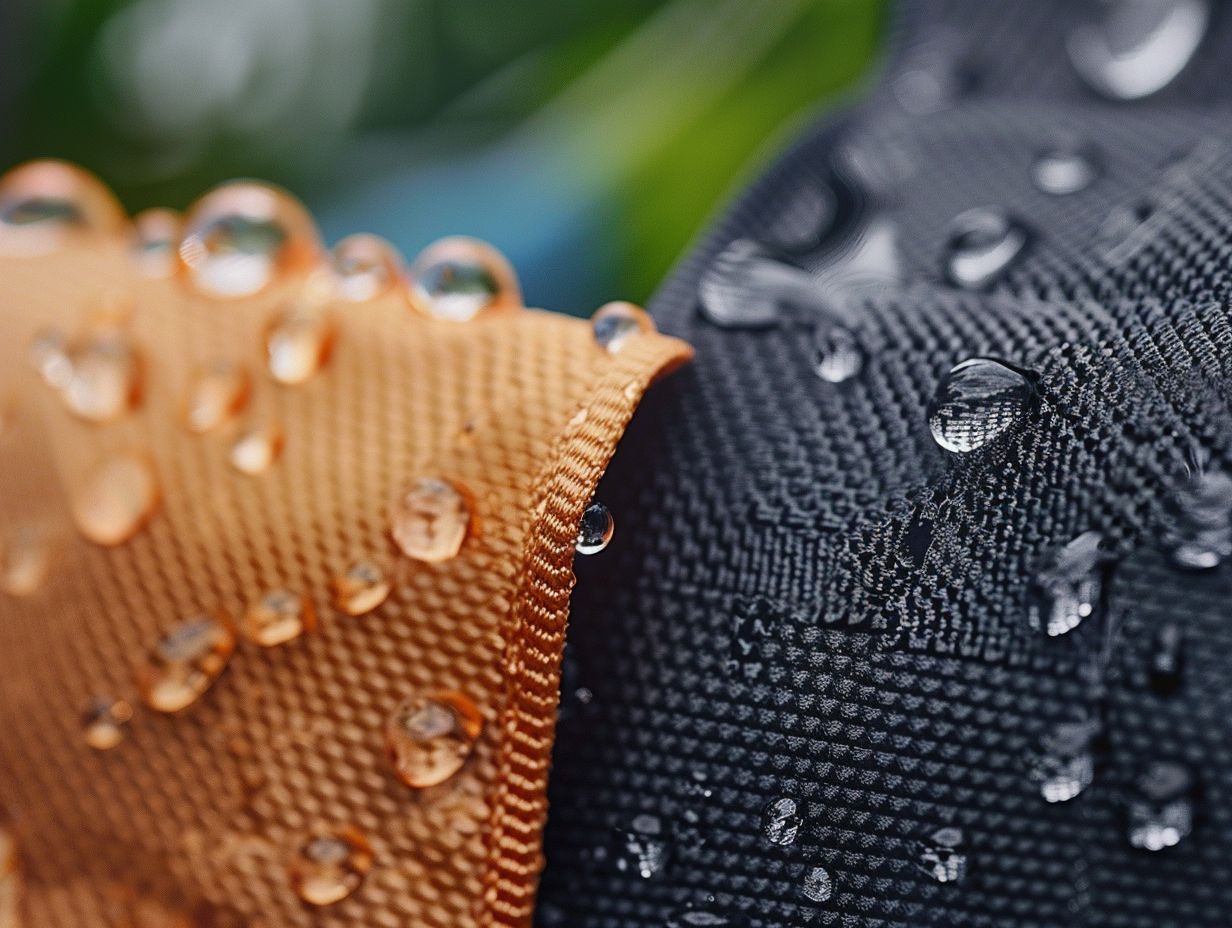Do limpets eat algae? The simple answer is yes, they do. Limpets are small marine snails that belong to the class Gastropoda, and they play a crucial role in the marine ecosystem by grazing on algae. In this blog post, I will dive deep into the fascinating world of limpets and their feeding habits, exploring how they consume algae and the implications of their grazing on the broader marine environment. As a marine biologist, I have spent countless hours observing these intriguing creatures in their natural habitats, and I’m excited to share my knowledge and passion for limpets with you. So, let’s embark on this exciting journey and uncover the hidden secrets of limpets and their algae-eating habits.
The Anatomy of a Limpet
The Shell and Radula
Limpets have a distinctive conical shell, which provides them with both protection and camouflage in their rocky intertidal habitats. The shell is made up of calcium carbonate, and its shape allows limpets to withstand the strong waves and currents that are typical of their environment.
One fascinating feature of limpets is their radula, a specialized feeding structure that is unique to mollusks. The radula is a ribbon-like organ covered in rows of tiny, sharp teeth, which the limpet uses to scrape and remove algae from the surfaces of rocks. The radula is continuously growing and being replaced, allowing limpets to maintain their feeding efficiency despite the wear and tear of their abrasive diet.
The Foot and the Mantle
The limpet has a large, muscular foot that it uses to attach itself to the substrate and move around. This powerful suction allows it to remain firmly attached to rocks even in the face of strong waves and currents. The foot also serves as a means of locomotion, with the limpet using muscular contractions to move across the rock surface in search of food.
The mantle is a thin layer of tissue that covers the limpet’s body and produces the shell. It also plays a role in respiration, with the limpet taking in oxygen through tiny pores in the mantle. These pores are also involved in waste excretion, with the limpet expelling waste products through the same openings.

The Algae-Feeding Habits of Limpets
A Varied Algal Diet
Limpets are primarily herbivores and feed on various types of algae growing on the rocks in their intertidal habitat. Their diet includes a wide range of algae species, such as green, red, and brown algae. Limpets are not particularly selective grazers and will consume whatever algae are available in their environment.
The Grazing Process
Limpets use their radula to scrape algae off the rock surface, consuming both the algal cells and the tiny fragments of rock that come off during the process. They will typically graze in a circular pattern, leaving behind a distinctive “grazing scar” on the rock surface. Limpets have a relatively slow grazing rate, typically consuming only a few square centimeters of algae per day.
The Importance of Algae-Feeding for Limpets
Consuming algae is crucial for the survival and growth of limpets. Algae provide them with essential nutrients, such as carbohydrates, proteins, and vitamins, which the limpets need to maintain their metabolic processes, repair their shells, and grow. Additionally, algae consumption is vital for the reproductive success of limpets, as it provides them with the energy needed to produce and release eggs and sperm.
The Impact of Limpet Grazing on the Marine Ecosystem
Algae Control and Biodiversity
Limpet grazing plays a critical role in controlling algal populations in the intertidal zone, preventing the overgrowth of algae that could smother other organisms and reduce biodiversity. By consuming algae, limpets help maintain a balance between algal growth and consumption, allowing for a diverse and healthy ecosystem.
Limpet Grazing and the Food Web
Limpets are an essential part of the marine food web, serving as a vital food source for various predators. Birds, such as seagulls and oystercatchers, feed on limpets, as do fish and other marine invertebrates. By consuming algae and converting its energy into their own biomass, limpets help transfer energy up the food chain, supporting a wide range of species in the marine ecosystem.
Conclusion
So, do limpets eat algae? Absolutely, they do! Limpets are fascinating creatures that play a crucial role in the marine ecosystem by grazing on algae. Their distinctive anatomy, including their conical shell and radula, enables them to efficiently consume algae and withstand the harsh conditions of their intertidal habitat. Here are ten facts about limpets and their algae-eating habits:
1. Limpets are small marine snails that belong to the class Gastropoda.
2. They have a unique conical shell made of calcium carbonate, which provides protection and camouflage.
3. Limpets are equipped with a radula, a ribbon-like organ covered in rows of tiny, sharp teeth, which they use to scrape algae off rocks.
4. They have a powerful muscular foot that allows them to attach themselves to rocks and move around.
5. Limpets feed on a variety of algae species, including green, red, and brown algae.
6. Their grazing process involves using their radula to scrape algae off the rock surface, consuming the algal cells and tiny fragments of rock.
7. Consuming algae is essential for the survival, growth, and reproduction of limpets.
8. Limpet grazing plays a critical role in controlling algal populations and maintaining biodiversity in the intertidal zone.
9. Limpets are an essential part of the marine food web, serving as a food source for various predators.
10. By consuming algae, limpets help transfer energy up the food chain, supporting a wide range of species in the marine ecosystem.
FAQs
What will eat limpets in reef tank?
Limpets are typically not eaten by fish or other inhabitants in a reef tank as they have a hard shell and are not a preferred food source. However, some predatory snails such as cone snails or moon snails may feed on limpets.
Do limpets eat hair algae?
Yes, limpets are known to eat hair algae as part of their diet.
What fish eats limpets?
Several species of fish eat limpets, including wrasses, rockfish, and triggerfish.
Are limpet snails good or bad?
Limpet snails are neither good nor bad as they play an important role in the marine ecosystem as a food source for other organisms and help maintain the balance of the ecosystem. However, they can cause damage to intertidal zone habitats if their populations become too large.
Are limpets OK in reef tank?
Limpets can be OK in a reef tank as they are generally peaceful and do not harm coral or other invertebrates. However, they can sometimes knock over small pieces of rock or coral while moving around, so it is important to monitor their behavior. Additionally, some species of limpets can grow quite large and may require a larger tank to accommodate them.
How do I get rid of limpets in my saltwater tank?
Limpets can be manually removed from the tank using a scraper or tweezers. It is also important to maintain good water quality and avoid overfeeding, as excess food can contribute to their growth. Additionally, adding natural predators such as crabs or starfish can help control their population.





